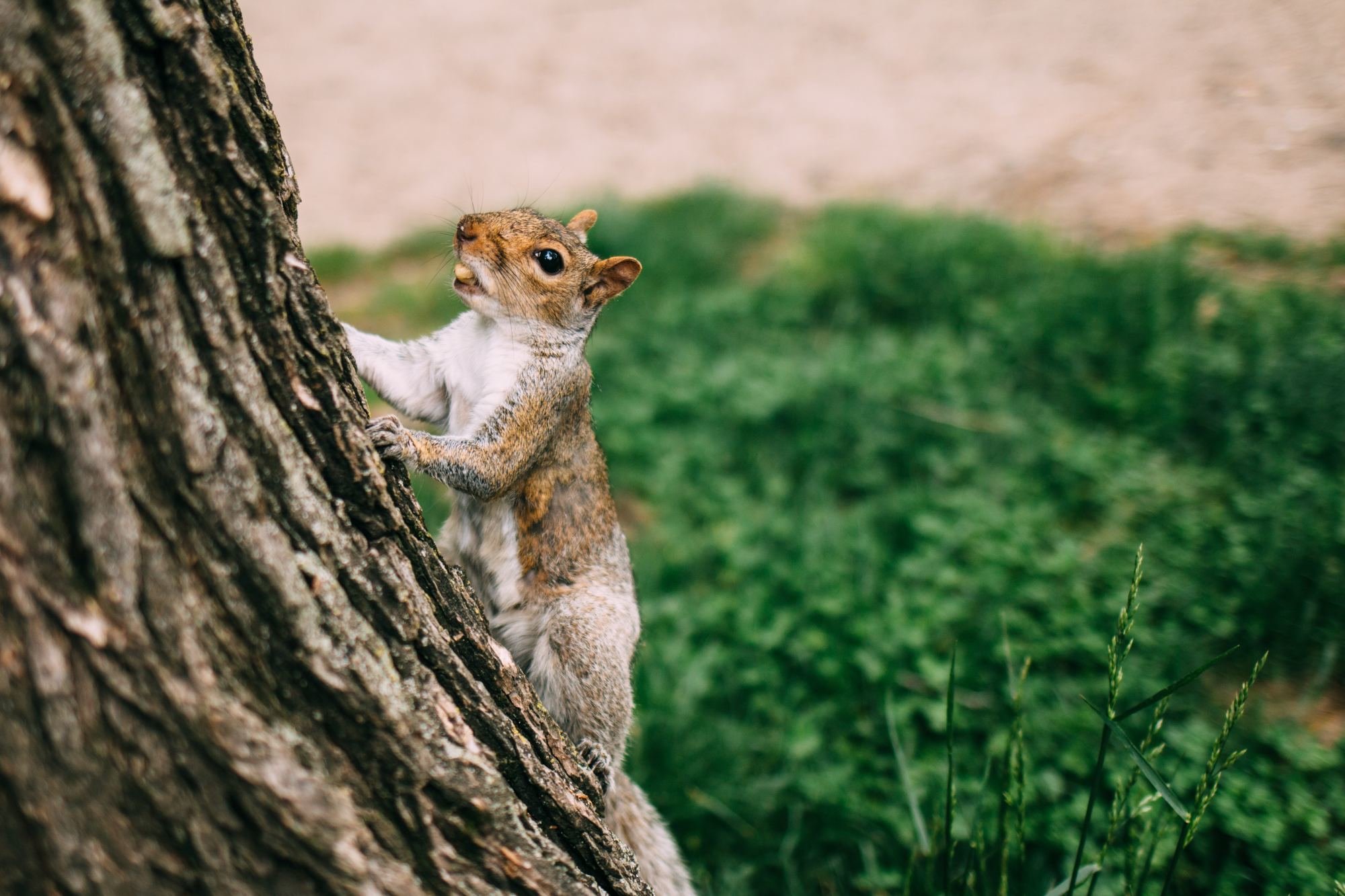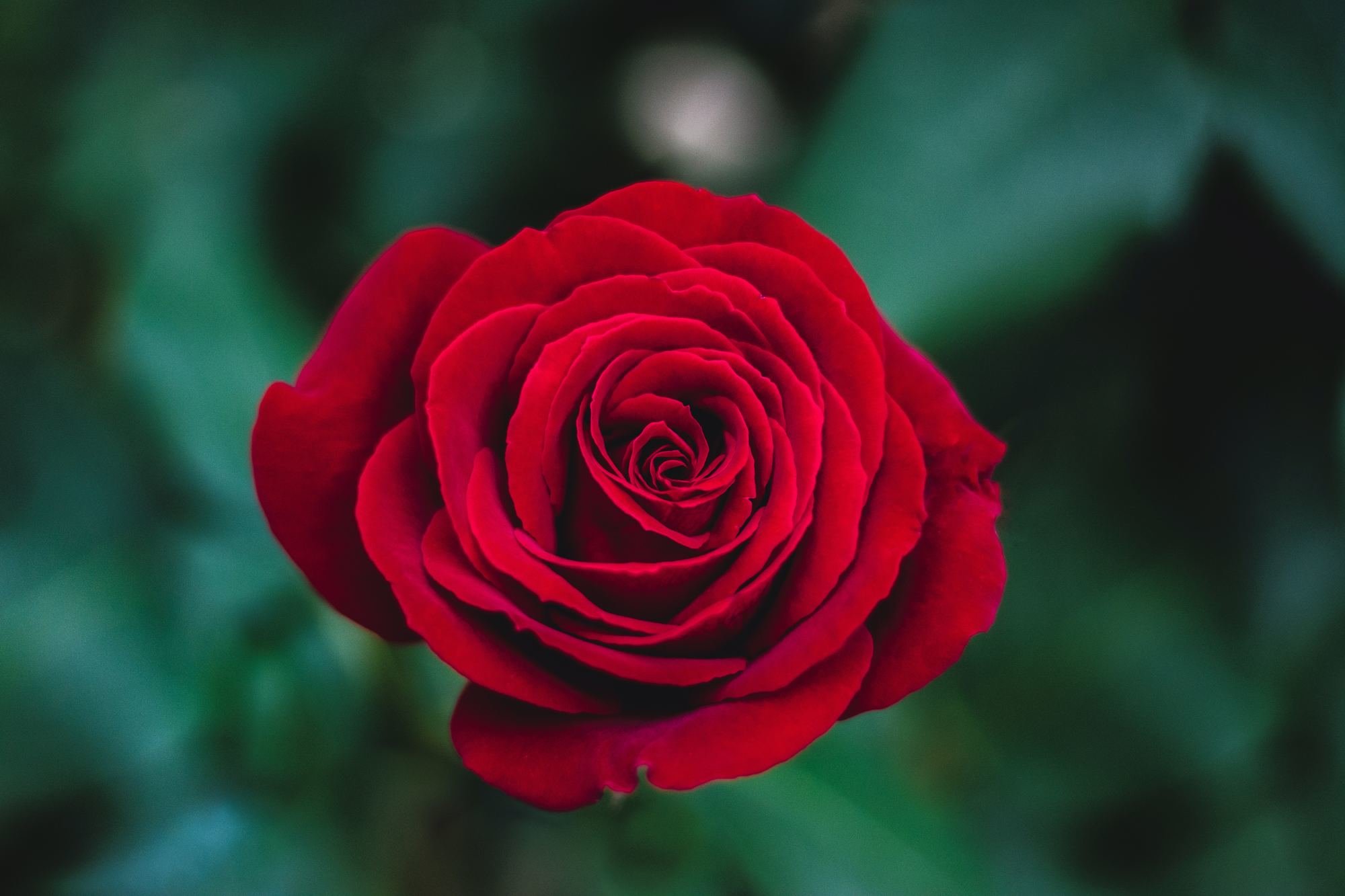
From even before you welcome your little one into the world, you’re sure to be thinking of ways you can create a sense of wonder for them. From coming up with a whimsical theme for their nursery to sharing bedtime stories or playing certain kinds of music, you want to stimulate their growing imaginations.
Thankfully, some of the most colorful ways to broaden your child’s horizons are absolutely free and perhaps even right in your own backyard. Nature is an undeniably stunning resource of eye-opening learning experiences for children. Here, 8 fascinating facts about nature that are sure to blow your child’s mind.
Many animals communicate with one another in human-like ways. One incredible example: African penguins.

African penguins are one of the most endangered types of penguins and reside in large colonies along the southwestern rocky coast of Africa from Namibia to Port Elizabeth and many of the surrounding islands. They communicate with one another through individual vocalizations. That’s right—each penguin has its own unique “voice,” just like we do.
According to SanDiegoZoo.org, African penguins have three different types of calls: a bray, used to attract a mate; the yell, used to defend their territory; and the haw, used by mates to locate each other when one is on land and one is at sea.
Squirrels are smarter than you might realize.

In many parts of the U.S., you’re sure to look in your backyard and spy squirrels at play. They deserve more credit for their cleverness. According to OneKindPlanet.org, they actually like to trick potential thieves — like other squirrels or birds — by pretending to bury food in one spot, when they’re actually storing it elsewhere.
The weirdest fish in the sea might just be the Mola mola.

Chameleons may be the most famous shapeshifters on land, but check out the Mola mola, known as the heaviest bony fish in the world. According to Nature.org, the average Mola mola is roughly 8.2 feet by 5.9 feet, but they can grow as large as 14 feet by 10 feet. The heaviest mola on record is a female caught in 1996 that weighed in at 5,071 pounds. They also shapeshift and camouflage themselves to blend in with coral and rocks.
At any given moment, thousands of thunderstorms are happening all over the globe.

In fact, right now, there are approximately 2,000 thunderstorms occurring worldwide, according to the National Severe Thunderstorms Laboratory. Every year, the U.S. gets about 100,000 thunderstorms total, and about 10% of them reach severe levels. Meanwhile, there are an estimated 16 million thunderstorms all over the planet annually.
The thought of eating a rose shouldn’t be so strange.

After all, the stunning flower—of which there are more than 2,500 species—is related to apples, raspberries, cherries, peaches, plums, nectarines, pears, and almonds!
Trees began to populate Earth 385 million years ago.

Up until 2013, the oldest individual, living tree was Methuselah, a then 4,845-year-old Great Basin bristlecone pine (Pinus longaeva) in the White Mountains of California, according to Live Science. But that year, researchers at the Rocky Mountain Tree-Ring Research Group announced the age of another P. longaeva also located in the White Mountains — and that one was 5,062 years old!
Cardinals owe their bright red color to plants.

The red feathers of the Northern Cardinal, the bright yellow feathers on goldfinches and Yellow Warblers, and the orangish yellow feathers on male Blackburnian Warblers are all owed to a class of pigments called carotenoids, which are produced by plants. Birds acquire the carotenoids by eating plants or by eating something that has eaten a plant.
Butterflies taste with their feet.

Found in almost every habitat on earth, butterflies have the equivalent of our taste buds—called taste sensors—on their feet. The reason: They need to be able to stand on a leaf to see if their caterpillars can eat it. But as adults—aka butterflies!—they don’t bite or chew. They’re on a mainly liquid diet consisting of nectar, sap, juices from fruits, and sometimes even fluids from carcasses, and they consume these substances via a long, straw-like tongue called a proboscis.




